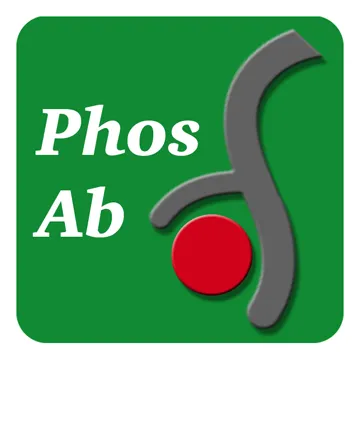Phosphoinositide-specific phospholipase C (PLC) plays a significant role in transmembrane signaling. In response to extracellular stimuli such as hormones, growth factors, and neurotransmitters, PLC hydrolyzes phosphatidylinositol 4,5-bisphosphate (PIP2) to generate two secondary messengers: inositol 1,4,5-triphosphate (IP3) and diacylglycerol (DAG). At least four families of PLCs have been identified: PLCβ, PLCγ, PLCδ, and PLCε. Phosphorylation is one of the key mechanisms that regulates the activity of PLC. PLCδ is activated by both receptor and nonreceptor tyrosine kinases. PLCγ1 forms a complex with EGF and PDGF receptors, which leads to phosphorylation at tyrosine 771, 783, and 1245. In addition, antigen receptor-induced activation of PLCγ1 leads to phosphorylation at both Tyr-775 and Tyr-783. These two sites are equally important for activation of enzymatic activity.















